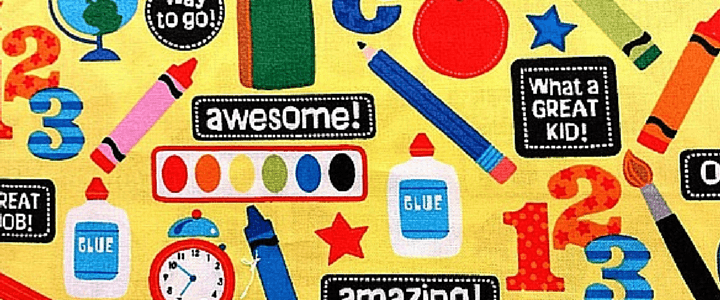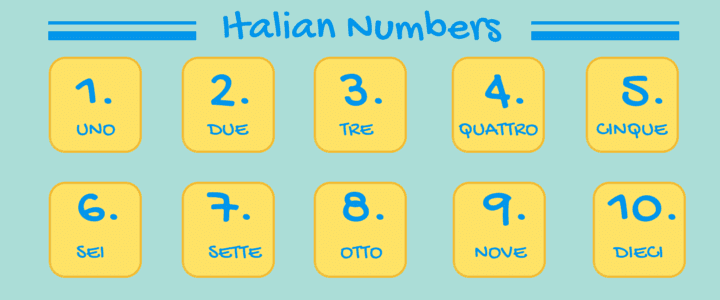Can you count to 10, 20, or 30 in Italian? Below, Italian teacher Nadia B. shares some fun Italian games that will help students learn numbers…
Learning numbers in Italian is as simple as uno, due, tre. From referencing amounts to sharing phone numbers, learning the Italian numbers will serve you well.
Play the following Italian games with your instructor or friends to help you learn and memorize the numbers–and before you know it, you’ll be using numbers with ease!
1. Bingo
An old favorite, bingo can be transformed into an Italian game. Print off a bingo sheet with numbers (there are a ton of websites where you can find blank bingo sheets), then designate someone to call out the numbers in Italian.
When someone completes an entire line, he or she yells “bingo” and then recites the numbers he or she has in Italian. If you don’t have chips to place on the sheet, try placing a clear sheet over the printout so you can simply erase the x’s on the sheet and start over.
2. Catch it!
In a circle (or between two people), start tossing a small ball back and forth. Every time a person catches the ball, he or she must say a number in Italian. The next person who catches the ball must say a numeral higher than the previous one.
You’ll start to learn more and more as the numbers ascend. Before you know it, you’ll be reciting the number 1,395 or milletrecentonovantacinque. To add extra challenge, you can also recite the numbers in threes, tens, or whatever sequence you wish.
3. Story Time
This Italian game is an imaginative way to practice using numbers in conversation. As a group, create a story by having each person contribute a sentence, one by one, building on the previous sentences. Every third person (or sentence) needs to have at least one number included in it. Here is an example of a story:
Mauro è un ragazzo che abita vicino ad un bosco. Un giorno, quando camminava nel bosco, ha visto un lupo. Il lupo gli ha detto, <<Dopo quattro giorni, vedrai un albero alto e accanto all’albero, due fiori. Questi fiori sono magici.>>
[Mauro is a boy who lives near a forest. One day, when he was walking in the forest, he saw a wolf, and the wolf said to him, “After four days, you will see a tall tree and, next to the tree, two flowers. These flowers are magical.”]
4. Solve it
In a circle, have someone start by proposing a math question using multiplication, division, addition, or subtraction. For example, tre per tre (three times three), dieci diviso per due (ten divided by two), or cinque più tre (five plus three).
The next person in the circle has to answer the question, then using their answer create a new math problem. Keep the equations simple–or else you could end up with complex math to do! If someone gets a problem wrong or mispronounces a number in Italian, he or she steps outside the circle. The last person left wins!
5. Number patterns
First, have everyone stand in a straight line. Choose a number pattern to count ( for example, odd numbers, even numbers, multiples of five, etc.). The first person starts off by saying the first number of the sequence and then moves to the back of the line. The next person continues and so on until the number 100 is reached in each sequence.
This Italian game is good practice and can also add extra challenge if a quick pace is established. The movement of walking and standing also helps, since learning happens best when the whole body and brain are engaged!
These Italian games for learning numbers are playful and fun, so make sure to enjoy yourself. You’ll see the benefit of having the numbers on the tip of your tongue when you start to use what you’ve learned outside of your Italian lessons, since all sorts of daily activities involve numbers.
 Post Author: Nadia B.
Post Author: Nadia B.Nadia B. teaches Italian in New York, NY. She graduated summa cum laude from New York University, with a double degree in Italian Language and Literature and Classical Music Performance. Learn more about Nadia here!
Brooke Neuman


